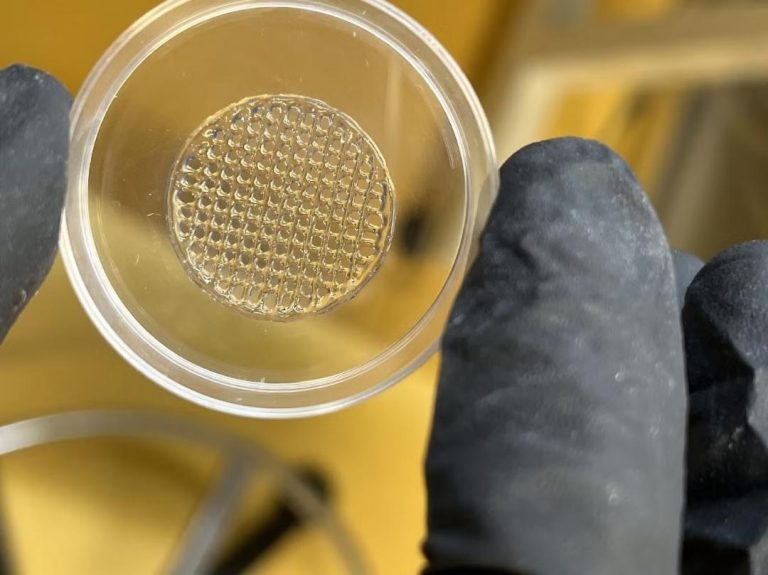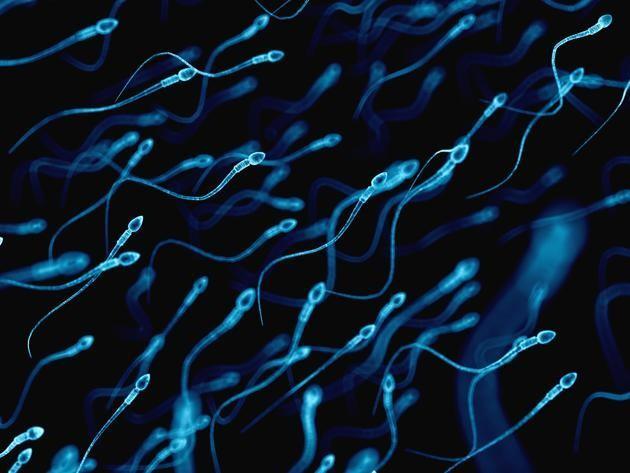
Why Martian Dust May Pose Health Risks to Astronauts?
As NASA and other space agencies continue to explore the possibility of sending humans to Mars in the near future, a new study has raised concerns about the potential health risks posed by Martian dust. The fine particles, which are about 4% the width of a human hair, can penetrate deep into the lungs and enter the bloodstream, potentially causing respiratory issues and other health problems.
According to a recent study published in the journal Environmental Research, Martian dust is made up of a variety of toxic substances, including silica, gypsum, and various metals. These substances can cause silicosis, a type of lung disease that is often associated with inhaling dust and other particles.
Silicosis is a serious disease that can cause scarring in the lungs, making it difficult to breathe and perform daily activities. In severe cases, it can even lead to respiratory failure and death. The study suggests that astronauts who travel to Mars may be at risk of developing silicosis due to the toxic substances present in the Martian dust.
But why is Martian dust so different from the dust on Earth? According to scientists, the dust on Mars is made up of a variety of particles, including iron oxide, magnesium, and calcium. These particles are much smaller than the particles found in Earth’s dust, which makes them more likely to penetrate deep into the lungs.
The study suggests that the Martian dust may also contain other toxic substances, including pesticides, heavy metals, and other pollutants. These substances can cause a range of health problems, including respiratory issues, neurological damage, and even cancer.
So, what can astronauts do to protect themselves from the health risks posed by Martian dust? According to the study, one possible solution is to use personal protective equipment, such as masks and respirators, to filter out the toxic particles. The study also suggests that astronauts may need to take regular breaks to clean their equipment and clothing to prevent the dust from accumulating.
Another option is to develop new technologies that can detect and remove the toxic substances from the Martian dust. For example, scientists may be able to develop sensors that can detect the presence of silica and other toxic substances in the dust.
But even with these precautions in place, the risk of respiratory issues and other health problems remains a concern. The study suggests that astronauts may need to take regular health checks to monitor their lung function and detect any potential health problems early on.
The study also highlights the importance of conducting further research on the health risks posed by Martian dust. By better understanding the composition and behavior of the dust, scientists can develop more effective strategies for protecting astronauts and ensuring their health and safety.
In conclusion, the study suggests that Martian dust may pose significant health risks to astronauts, including respiratory issues and other health problems. The fine particles can penetrate deep into the lungs and enter the bloodstream, potentially causing silicosis and other serious health problems. By taking precautions and developing new technologies, astronauts can reduce their risk of exposure to the toxic substances present in the Martian dust.






